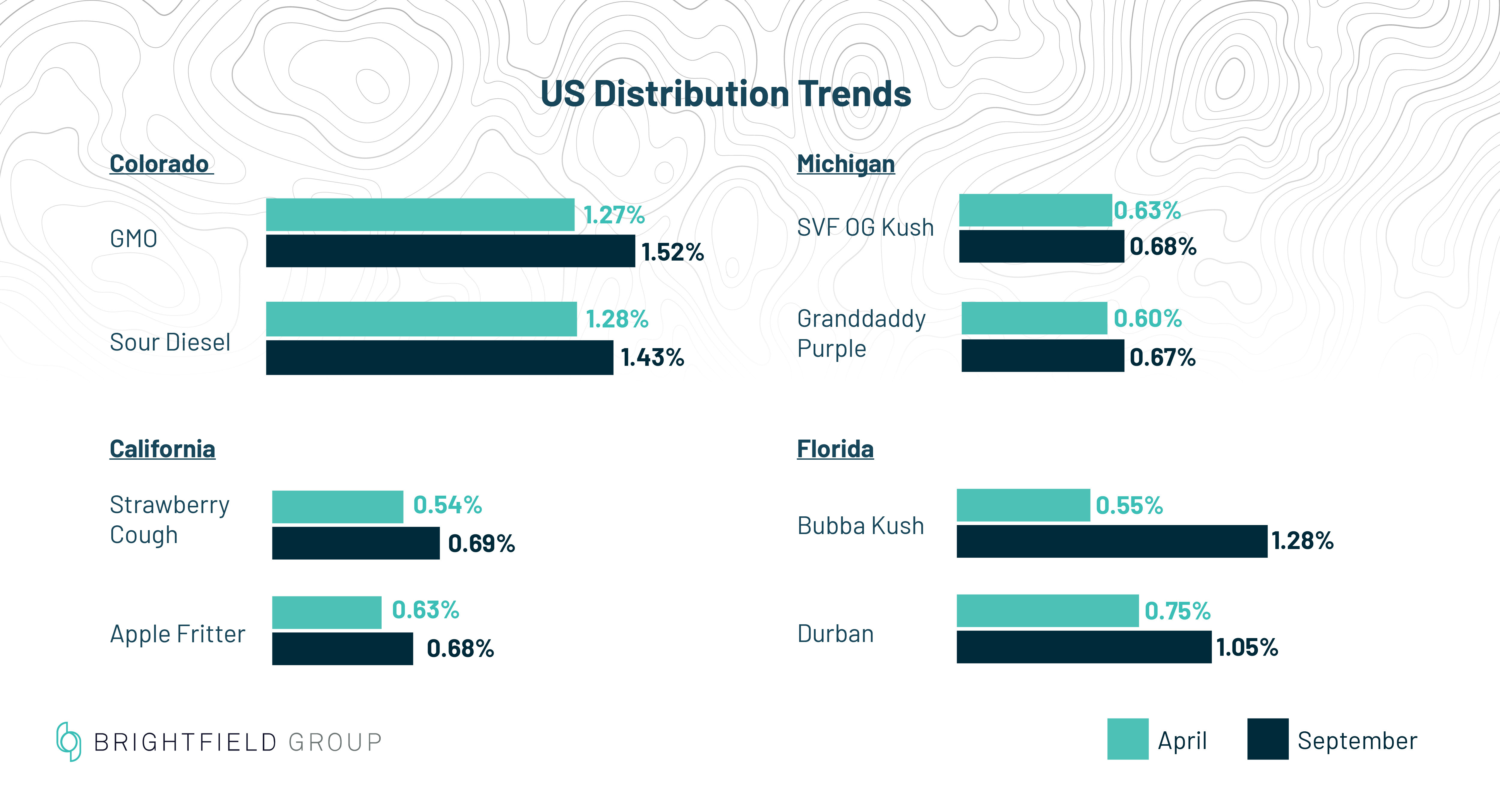
In today's competitive business landscape, having a solid business strategy is essential for success. One key aspect of a successful business strategy is effective distribution analytics. By utilizing distribution analytics, businesses can gain valuable insights into their operations and make data-driven decisions to enhance their distribution processes. In this article, we will explore how distribution analytics can help improve your business strategy and unlock success.
The Importance of Distribution Analytics
What is Distribution Analytics?
- Distribution analytics involves the use of data analysis and modeling techniques to gain insights into a company's distribution processes.
- It helps businesses understand their distribution network, optimize inventory management, and streamline logistics operations.
Benefits of Distribution Analytics
- Improved inventory management: Distribution analytics can help businesses optimize their inventory levels, reduce excess stock, and minimize stockouts.
- Enhanced demand forecasting: By analyzing historical sales data and market trends, businesses can improve their demand forecasting accuracy and better plan for future inventory needs.
- Optimized logistics operations: Distribution analytics can identify inefficiencies in the supply chain, help businesses optimize their transportation routes, and reduce transportation costs.
- Real-time visibility: Businesses can gain real-time visibility into their distribution network, track shipments, and monitor inventory levels to make more informed decisions.
Implementing Distribution Analytics in Your Business
Collecting Data
- Start by collecting relevant data related to your distribution processes, such as sales data, inventory levels, transportation costs, and customer feedback.
- Utilize data collection tools and software to gather and consolidate data from various sources within your organization.
Analyzing Data
- Use data analytics tools and techniques to analyze the collected data and extract valuable insights related to your distribution operations.
- Identify trends, patterns, and correlations in the data to understand areas for improvement and optimization.
Implementing Insights
- Translate the insights gained from distribution analytics into actionable strategies to improve your distribution processes.
- Make data-driven decisions to optimize inventory management, streamline logistics operations, and enhance overall distribution efficiency.
- Monitor the impact of your strategies on key performance indicators and adjust your approach as needed.
Challenges and Considerations
Integration with Existing Systems
- Integrating distribution analytics tools with your existing systems and processes can be challenging and may require additional resources and expertise.
- Ensure compatibility and seamless integration between analytics tools and your ERP system, transportation management software, and other relevant platforms.
Data Quality and Accuracy
- Ensure that the data collected and analyzed for distribution analytics is accurate, up-to-date, and reliable to make informed decisions.
- Implement data quality controls and validation processes to minimize errors and inconsistencies in the data.
Privacy and Security
- Protect sensitive business data and customer information by implementing robust data security measures and compliance with data protection regulations.
- Ensure that data access is restricted to authorized personnel with proper security protocols in place.
Case Study: The Impact of Distribution Analytics
Company X
Company X, a leading retailer, implemented distribution analytics to enhance its distribution strategy and improve operational efficiency.
- By analyzing sales data and inventory levels, Company X was able to optimize its inventory management and reduce excess stock by 20%.
- Through improved demand forecasting, Company X reduced stockouts by 15% and increased sales by 10%.
- Company X also optimized its transportation routes, resulting in a 25% reduction in transportation costs.
Key Takeaways
- Distribution analytics can have a significant impact on business operations and help companies achieve cost savings and improve customer satisfaction.
- By leveraging data-driven insights, businesses can make informed decisions to optimize their distribution processes and drive overall business success.
Conclusion
Distribution analytics play a crucial role in improving business strategy and driving success in today's competitive marketplace. By harnessing the power of data analysis, businesses can gain valuable insights into their distribution processes, optimize operations, and make informed decisions to enhance efficiency and profitability. Implementing distribution analytics in your business can lead to cost savings, improved customer satisfaction, and a competitive edge in the market. Embrace distribution analytics as a key tool in your business strategy to unlock success and achieve your business goals.
